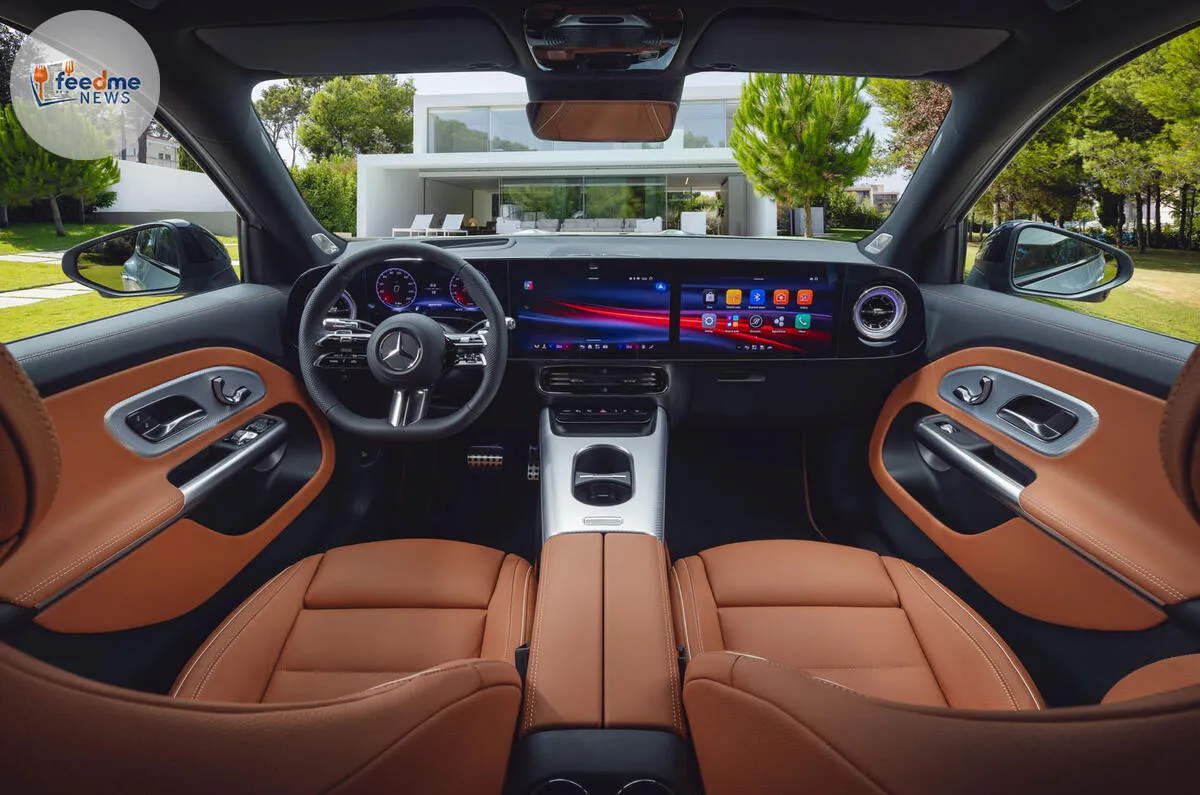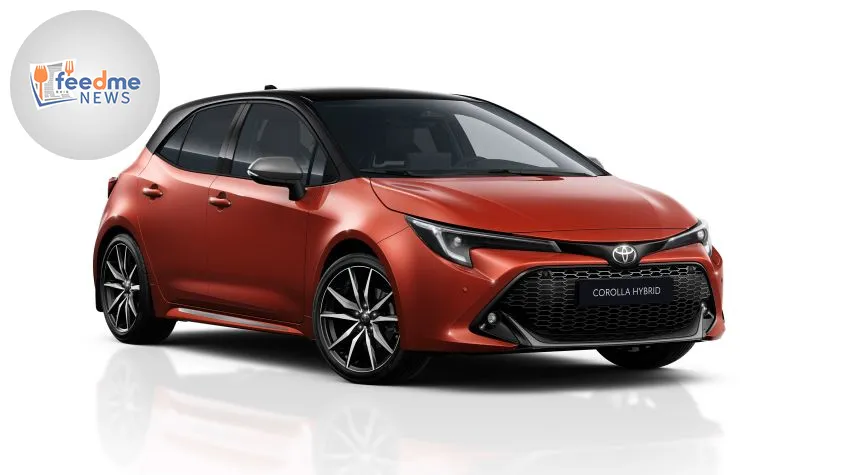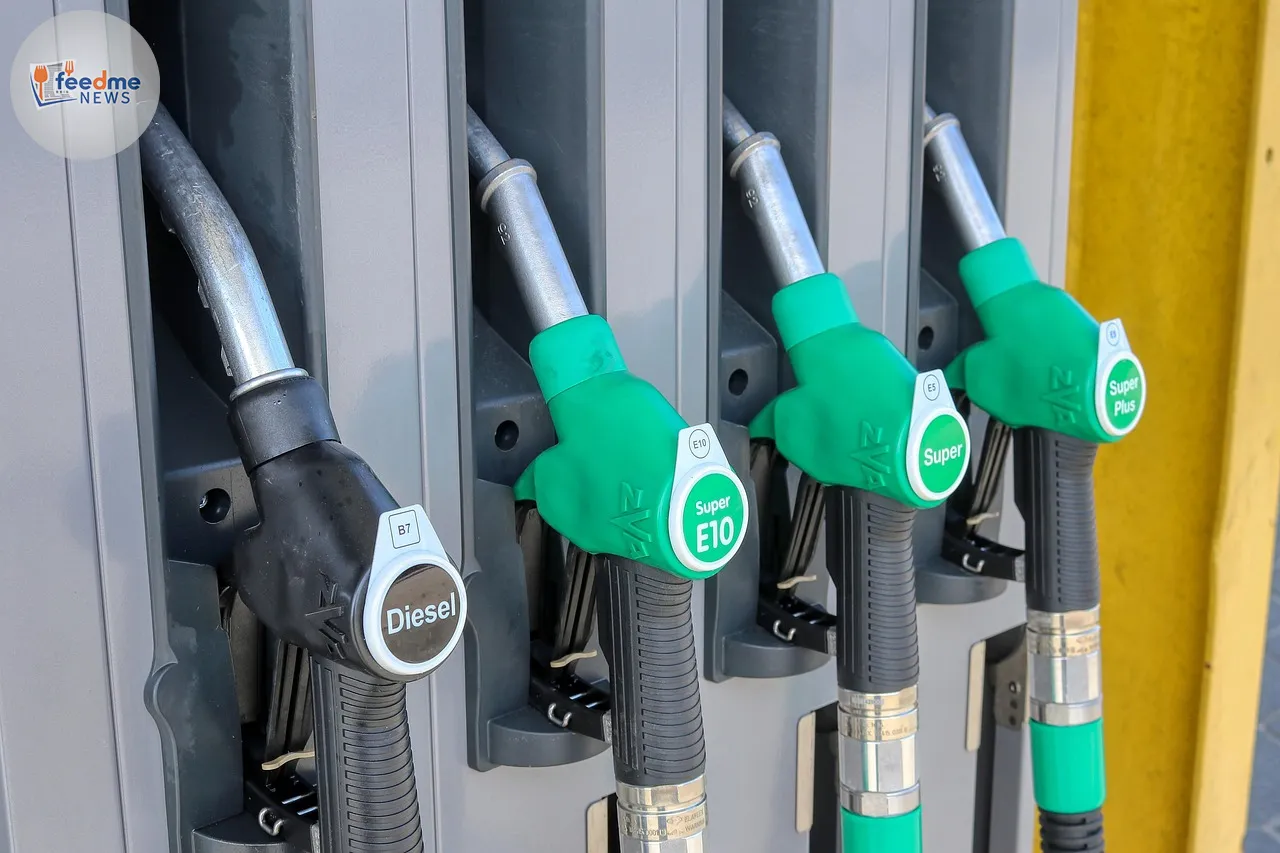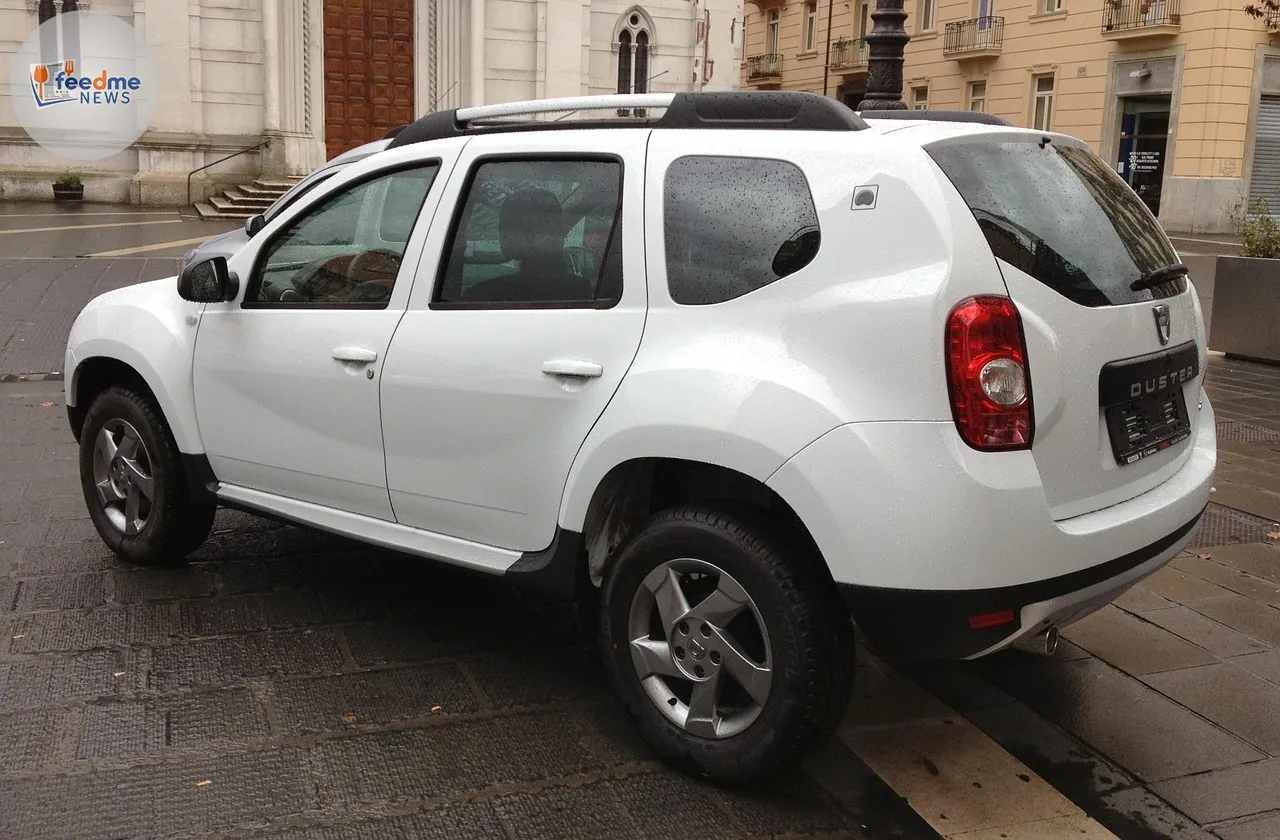Mercedes-Benz has released the first official pictures and details of the second-generation GLB, setting up a full reveal on 8 December and UK deliveries from early 2026. The compact SUV will offer both electric and mild-hybrid petrol power, and it will absorb the EQB nameplate into a single GLB badge. Mercedes calls the newcomer a “massive step up” over the outgoing model, with a focus on a transformed cabin and more space for families. The new GLB moves to the brand’s latest Mercedes-Benz Modular Architecture (MMA), a shift that supports an 800V EV system, fresh styling, and broader personalisation. Early images show winter testing in Germany as engineers push the car through extreme cold to validate durability before the public debut.
Mercedes released the images and core specifications ahead of the 8 December launch. Engineers tested prototypes in wintry conditions at the firm’s Sindelfingen facility in Germany, where they subjected the SUV to temperatures as low as -40°C as part of final validation.

Image Source: Autocar
Tech-led cabin brings MBUX Superscreen and new controls
Mercedes overhauls the GLB interior with the brand’s latest user interface. The dashboard mirrors the new CLA’s screen-heavy layout and features the MBUX Superscreen. The setup merges a 10.25in digital instrument cluster, a 14in central touchscreen, and a 14in front passenger display into one sweeping panel. The interface aims to streamline navigation, media, and vehicle functions while keeping key data within easy reach.
The brand also updates the steering wheel. It now features rockers and physical switches, reversing the move to touch-sensitive controls in previous models. Mercedes first introduced this revised wheel in the GLC electric SUV and plans to roll it out across its range. The changes target ease of use and clear feedback, two points that many buyers raise when they compare premium SUVs.
More space and seven-seat flexibility for family buyers
Mercedes increases interior room and comfort. The firm says second-row passengers gain leg room and head room, along with seats that offer better thigh support. Front occupants also benefit from extra head room. These gains align with the SUV’s slight growth in overall length, height, and width, which also helps refinement and storage.
Seven-seat versions benefit most from the rethink. The rear bench now slides to balance space between the second and third rows, and the backrest angle adjusts to improve comfort on longer journeys. Mercedes also says access to the third row improves, thanks to the added adjustability. The brand retains fold-away seats in the back, so owners can switch between people-carrying and larger cargo loads with minimal fuss.
Upright design evolves on new MMA platform
The GLB keeps its upright, boxy silhouette from the 2019 original, a key design cue that helped it stand out in a crowded segment. The new model grows slightly in every direction, which supports the roomier cabin and a more planted stance. Autocar understands the front end will look bolder, with fresh lighting signatures. These changes arrive with the move to the MMA platform, which underpins the latest generation of compact Mercedes models.
The outgoing GLB sits on the Modular Front Architecture (MFA), a platform that Mercedes plans to phase out in 2026. MMA opens the door to an EV-first strategy, improved packaging, and modern electrical systems. The new GLB becomes the fourth model to use MMA, which suggests Mercedes will align its compact range around shared tech and faster update cycles.
EV-first strategy with 800V tech, plus mild-hybrid petrol options
Mercedes will lead with electric versions of the GLB. The EV variant steps up from the EQB’s 400V system to an 800V electrical architecture. That change supports faster charging capability and better energy management, and it fits the MMA platform’s focus on next-generation hardware. The line-up will include single-motor rear-wheel drive and dual-motor four-wheel drive versions. Expected power outputs range from about 230bhp to 355bhp. Battery capacities will likely span 58kWh to 85kWh, which sets the GLB up to compete directly with rivals on range and performance.
The GLB will also offer mild-hybrid petrol engines for buyers who do not want an EV. These units use a new electrified 1.5-litre turbocharged four-cylinder supplied by Horse, an engine specialist owned by Geely and Renault. Outputs of 136bhp and 190bhp will drive the front wheels as standard, with four-wheel drive available on higher-spec models. Both the electric and petrol versions will wear the GLB badge. Mercedes will drop the EQB moniker as it consolidates its naming and product lines.
Pricing, rivals, and options aimed at broader appeal
Mercedes positions the new GLB squarely against the Audi Q3 and BMW X1, two of the UK’s strongest sellers in the segment. Pricing will start from around £45,000, which reflects the higher level of standard tech and the move to MMA. The brand will also widen the options list. Buyers can choose an off-road package that gives the SUV a more rugged look, inspired by the 2019 GLB concept. A senior insider involved in the programme told Autocar that “prospective buyers continue to seek a more off-road-led appearance for SUV models,” a trend that continues to shape styling and trim strategies across the class.
Mercedes also plans features that add visual drama. As on the new CLA and GLC, the GLB will offer a large panoramic sunroof. Owners can programme it to display illuminated three-pointed stars, a flourish that ties together brand identity and mood lighting. These features aim to draw buyers who value design and technology in equal measure.
Cold-weather testing and timeline to UK showrooms
Engineers continue validation at Mercedes’ Sindelfingen test centre, where they run the GLB through extreme cold at -40°C. The tests check thermal management, battery conditioning, materials durability, and cabin comfort under stress. The brand’s decision to share wintry images signals confidence in the car’s readiness as the reveal nears. It also underscores the importance of reliable EV performance in harsh climates, a point of scrutiny for many buyers.
Mercedes will unveil the second-generation GLB on 8 December. UK showrooms will receive the electric versions first in early 2026. Mild-hybrid petrol models will follow by the end of the year. By merging the EQB into the GLB range, Mercedes simplifies choice and streamlines marketing for its compact family SUV, while retaining clear trim and drivetrain differentiation.
Wrap-up: what the new GLB signals for Mercedes and buyers
The next Mercedes GLB brings more tech, more space, and a sharper focus on electrification. The MBUX Superscreen defines the cabin. The new steering wheel restores physical controls that many drivers prefer. MMA underpinnings enable an 800V EV setup, broader packaging gains, and quicker development cycles. With both EV and mild-hybrid petrol options under one GLB badge, Mercedes removes the EQB split and lays out a cleaner line-up. Expected outputs from 230bhp to 355bhp and battery capacities from 58kWh to 85kWh place the electric GLB in the heart of the class. A starting price around £45,000, seven-seat flexibility, and an optional off-road pack broaden its appeal against the Audi Q3 and BMW X1. Buyers now watch for final UK specifications, charging and range figures, and trim pricing when the SUV breaks cover on 8 December.





